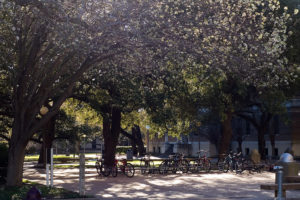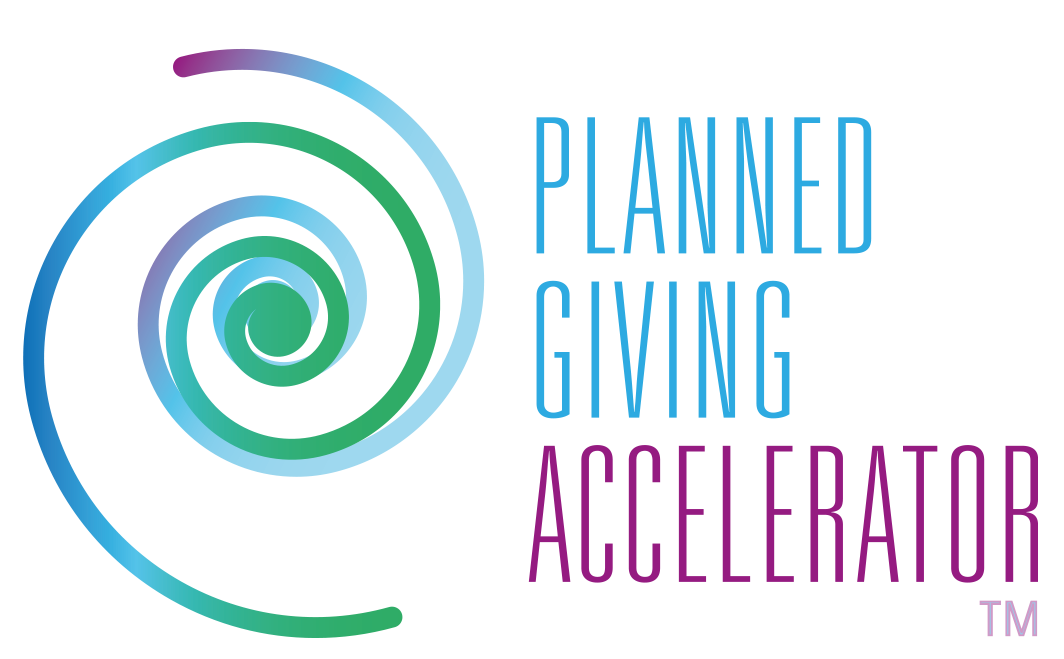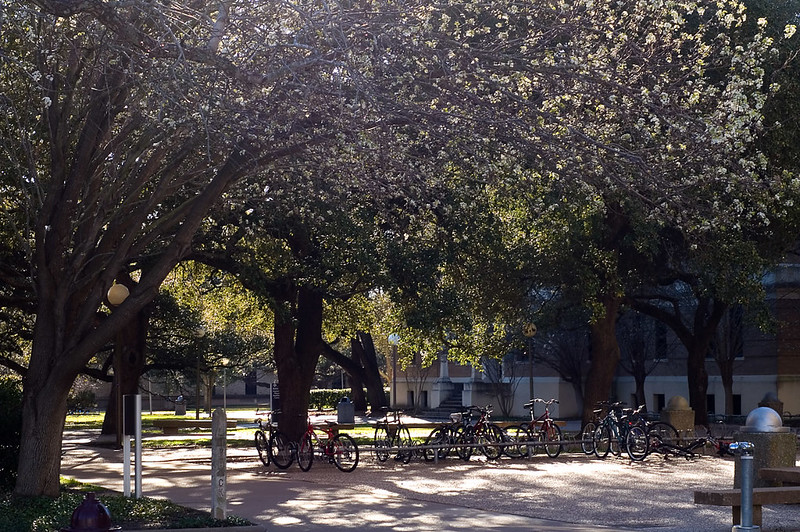
Flickr photo by Stuart Seeger.
“Planned Giving saved our ass.”
That was the blunt and welcome feedback I got from the chief fundraiser at a small New York college in the aftermath of the 2009 Great Recession.
During that devastating financial crisis, many colleges saw annual giving fall through the floor.
Fortunately, four years prior, the college launched a targeted Planned Giving campaign to bolster its endowment. Over the next several years, I worked with them to quadruple their number of Planned Giving gifts — from about 100 to more than 400.
Planned gifts are most often included in donors’ wills. So while the college didn’t have access to all that committed revenue when the Great Recession hit, enough had been realized to help assure financial stability through the extended economic downturn.
Further, the awareness of the increased total endowment provided some peace of mind to administrators, as they made both short- and long-term strategic financial decisions.
A common dilemma
When I started working with this college, it already had assigned an in-house fundraiser to manage its Planned Giving program.
Yet, as is usually the case, it was one of her many responsibilities, including executing on the annual campaign.
The result was a well-intentioned but scattershot approach to Planned Giving that lacked strategic focus and consistent follow up.
My mission was to create a Planned Giving program that would get results quickly while also laying the groundwork for long-term stability
Immediate traction, long-term benefits
Over the course of a few months, we put in place all the essential elements of a strategic and scalable Planned Giving program.
We culled through alumni data, focusing on identifying alumni over the age of 55 who were consistent donors.
Once we had a solid list of likely prospects, we started a customized outreach and a marketing campaign.
I also worked on the other key elements of a Planned Giving campaign, including establishing a recognition society and stewardship plan that shared the college’s gratitude.
We gained positive traction almost immediately. In the first year alone, we secured $400,000 in Planned Giving commitments – a figure that doubled over the next few years.
With the average charitable bequest in the U.S. at about $35,000, those 400-plus commitments will grow their endowment exponentially over time.
The time is now to prepare for the next crisis
Colleges today face another huge challenge as they navigate the Covid-19 crisis. While short-term financial solutions are essential, now is a critical time to prepare for the next inevitable crisis. Planned Giving serves as the bedrock of that preparation.
Planned Giving Accelerator offers an easy, accessible and affordable way to launch and sustain an effective Planned Giving program.
For only about an hour a week, you’ll learn everything you need to start identifying and engaging potential donors within two or three months. Many members will secure actual commitments within six months to a year.
Shoot me an email if you’d like to learn more: tony@plannedgivingaccelerator.com.
It just might save your ass.


